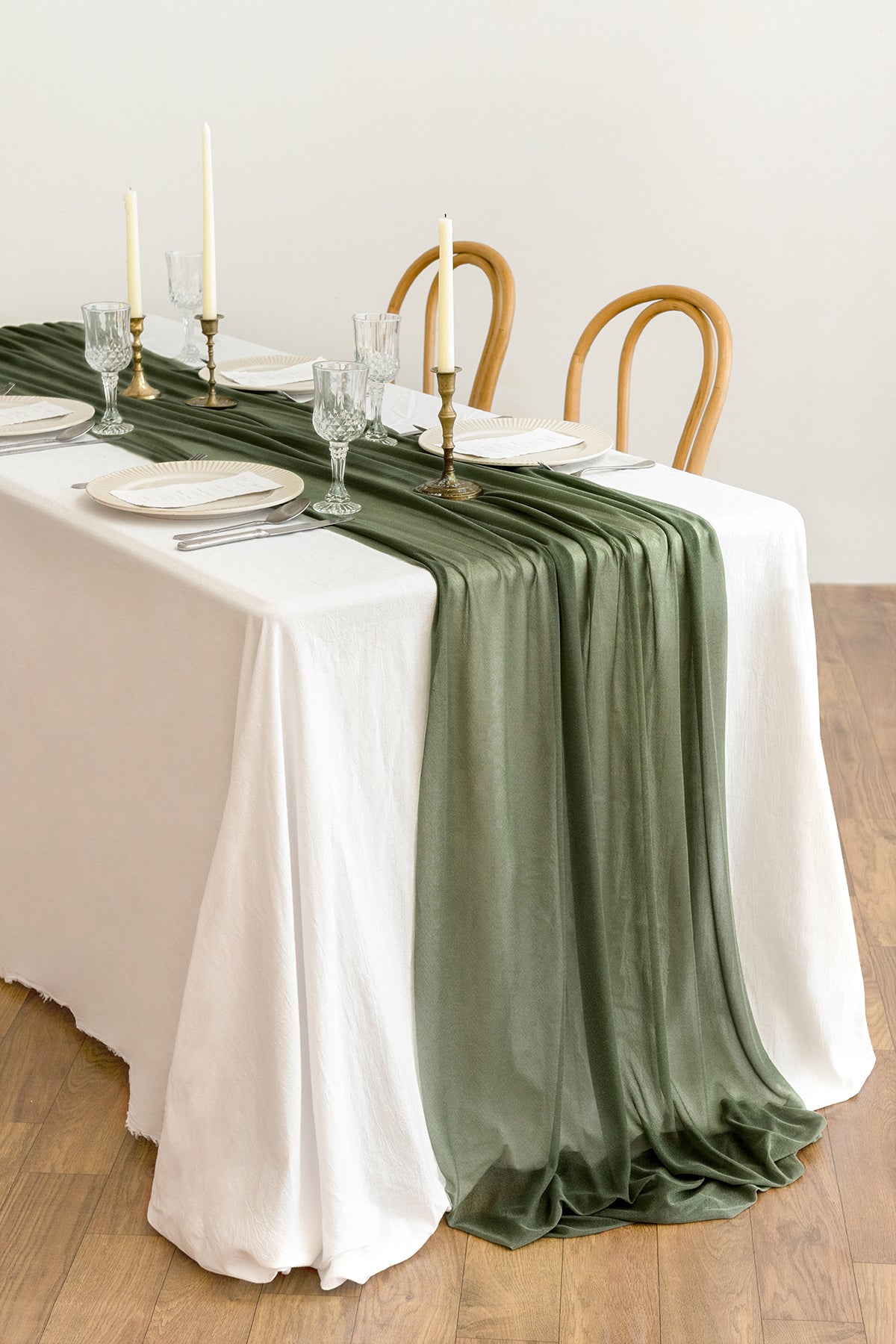Linen Material Innovations: Discovering Modern Trends and Creative Applications in Style and Textile Sector
In the realm of fabric technologies, linen has actually become a classic yet versatile product that proceeds to captivate enthusiasts and designers alike. With an abundant background deeply intertwined with craftsmanship and sophistication, bed linen textile is experiencing a rebirth in the modern era. From lasting production techniques to cutting-edge weaving innovations, the evolution of linen is reshaping the landscape of the textile market. As we explore the realms of imaginative design applications and the introduction of linen blends and crossbreed materials, a new chapter unfolds in which bed linen's function in future textile innovations takes center stage.
Sustainable Practices in Bed Linen Production
Lasting methods in linen production have ended up being significantly important in the fabric market's initiatives to lessen ecological impact and promote honest sourcing methods. Linen, a natural fiber originated from the flax plant, provides a variety of advantages such as breathability, resilience, and biodegradability. However, typical techniques of bed linen manufacturing can include substantial water consumption, chemical use, and energy-intensive procedures.
To address these challenges, several fabric manufacturers are adopting sustainable methods throughout the linen manufacturing procedure. This includes sourcing flax from organic farms that avoid hazardous pesticides and chemicals, applying water-efficient retting techniques to remove fibers from the flax stalks, and utilizing environment-friendly dyes and finishes. Furthermore, some firms are spending in eco-friendly energy resources to power their manufacturing centers and lowering waste via recycling and upcycling campaigns.
Technological Advancements in Linen Weaving
With the expanding focus on lasting techniques in linen manufacturing, the fabric sector is now observing a rise in technical improvements especially targeted at revolutionizing the art of linen weaving. These technologies are improving the way linen textiles are generated, using boosted effectiveness, high quality, and creative thinking in weaving techniques.
One of the key technical improvements in bed linen weaving is the integration of electronic looms. These advanced looms are outfitted with software application that enables for elaborate and complex styles to be woven with accuracy. By digitizing the weaving process, manufacturers can accomplish higher consistency and precision in their linen fabrics.
Furthermore, advancements in yarn spinning technology have allowed the production of finer and even more durable bed linen yarns - table cloths. This causes softer and smoother linen fabrics that maintain their quality also after numerous usages and washes
In addition, the development of eco-friendly dyeing processes and surfaces for bed linen materials is acquiring grip. These lasting methods not only decrease the environmental impact however additionally cater to the boosting customer need for ethically produced fabrics.
Creative Style Applications for Linen
Ingenious creative approaches are increasingly shaping the innovative design applications for linen in the fabric sector. Bed linen's all-natural aesthetic charm and capability to blend with other fabrics make it a preferred option for developing distinct garments and devices that provide to the ecologically mindful customer.
Additionally, developers are trying out bed linen in home design, using its durable and breathable nature to craft stylish home furnishings such as drapes, bed linens, and upholstery. The appearance and drape of linen bring a sense of elegance and convenience to interior spaces, including a touch of style to modern-day homes.

Bed Linen Blends and Hybrid Fabrics

Hybrid textiles, on the other hand, take the principle of mixing an action better by including added aspects such as metallic strings, recycled materials, or conductive fibers. These cutting-edge fabrics not only broaden the style possibilities however additionally present practical facets like conductivity, antimicrobial homes, or improved resilience. Crossbreed textiles are significantly being used in various sectors, consisting of fashion, interior decoration, and technological textiles, where the demand for multifunctional materials gets on the rise.
Linen's Function in Future Textile Innovations

In the realm of future textile advancements, bed linen is expected to be a key player in the development of sophisticated useful fabrics. Scientists and developers are exploring means to boost bed linen's fundamental high qualities via technological advancements, such as incorporating smart fabrics, nanotechnology, and efficiency finishes. These advancements aim to elevate linen's performance qualities, making it suitable for a wider variety of applications, from activewear to safety garments.
Furthermore, the mix of linen with various other natural or synthetic fibers opens up unlimited possibilities for producing novel fabrics with one-of-a-kind residential properties and capabilities. By leveraging linen's features and exploring innovative blends, the textile industry is positioned to present exciting developments that accommodate progressing customer demands and sustainability needs.
Final Thought
In verdict, the expedition of lasting techniques, technological advancements, innovative style applications, linen blends, and its duty in future textile advancements highlight the continual development of linen material in the modern-day layout and textile market. With an emphasis on technology and creative thinking, the versatility and eco-friendly nature of bed linen make it a beneficial product for designers and producers alike, leading the way for further advancements and improvements in the field of textiles.
As we dig right into the realms of creative design applications and the appearance of linen blends and hybrid materials, a brand-new phase unravels in which bed linen's function in future fabric developments takes center stage.
Checking out the fusion of bed linen with other materials has actually led to the appearance of cutting-edge blends and crossbreed textiles in the contemporary fabric market. Bed linen blends offer an unique mix of the features of linen with those click now of other fibers, resulting in materials that have improved residential properties such as enhanced sturdiness, improved draping, and lowered wrinkling.The advancement of linen blends and crossbreed materials has set the stage for Linen to play a pivotal function in driving future textile innovations.In the realm Look At This of future fabric technologies, bed linen is expected to be a key player in the development of sophisticated practical fabrics.